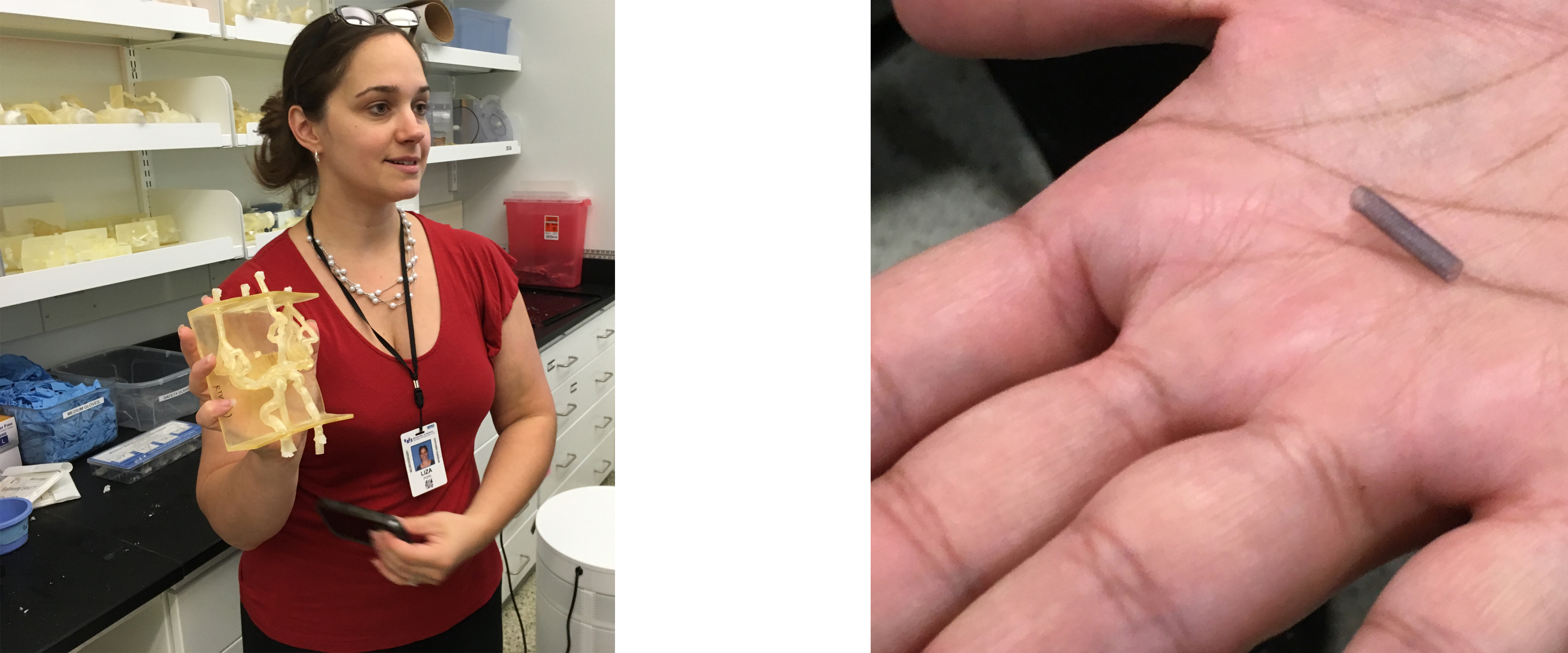CE Health Care Day

Day Session Blogger: Jackie Ghosen, University at Buffalo School of Management
When it comes to health care, we are a country of massive inequality. Though our nation is a leader in medical innovation, patents and medicine, many still die of chronic diseases because they don't have access to good health care.
That was the first point made by our speaker Michael Merrill, MD, medical director, clinical performance management at Independent Health, our day session sponsor. The day started out, appropriately, at the University at Buffalo's Jacobs School of Medicine and Biomedical Sciences, where Dr. Merrill gave us an overview of the "big picture" of health care in the U.S. (at least as much one could cover such a highly complex topic in a scant hour and ten minutes).
Dr. Merrill gave us a sense of huge scope of systems that we don't always see: specialists, hospitals, labs, pharmacies, home care, hospice, rehabilitative health, nursing homes and more. And while many types of insurance exist (private, ACA exchanges, HMOs, self-funded, Medicare, Medicaid), overall, 50 percent of health care is paid either directly or indirectly by government and taxes. He also said that quality varies greatly by provider, hospital and region.
After Dr. Merrill's talk, we broke into small groups to look at health care on the local front. Teams visited a range of health care providers, support services, research Institutions, and health care hospitality homes, including Crisis Services, GBAUHN Urban Family Practice, Kevin Guest House and Grace Guest House, Planned Parenthood of WNY, Jericho Road Community Health Center, UNYTS and the Clinical and Translational Research Center (CTRC).
My subgroup (top right photo) visited CTRC, a 170,000-square-foot building that UB and Kaleida Health partnered to build. The state-of-the-art center places clinicians adjacent to clinical and translational researchers and is one of only a handful of such buildings in the nation. The CTRC houses UB's Clinical and Translational Science Institute, which focuses on taking medical research and advancing it to a point where it can be translated to clinical practice. Floors 1-4 of the CTRC is the Gates Vascular Institute, which specialize in cardiac and stroke care. After our tour there, I would say definitely "Get to Gates" if you ever need either!
We also saw the Canon (formerly Toshiba) Stroke and Vascular Research Center, where we were able see some of the amazing research going on and how, using general (see photo below) and patient-specific vascular models, researchers are making an immediate impact on the health of patients. We had the opportunity to hold the tiny stents (see photo below) that keep vascular systems open and allow blood to flow freely. In addition, we learned that some of the most advanced equipment in the country is available here, such as a 9.4 tesla micro MRI. Finally, we visited the nephrology lab, where UB researchers are studying the complexities of kidneys to cure a number of renal ailments that afflict patients.

We rejoined our class for lunch, where Phil Catanese shared the heartbreaking story of his son Philly's opioid addiction and subsequent death. Afterward, Cheryll Moore, community coalition coordinator for the Erie County Department of Health, spoke about the opioid addiction crisis in Erie County. We learned what is going on to combat the crisis, such as Narcan training (which we received), Suboxone treatment, and Judge Craig Hannah's drug court, where the goal is to get participants into treatment programs. Most importantly, we learned that attitudes are changing as more individuals are recognizing that addiction is a disease rather than a choice.
Through a role-play presentation by Renee Cadzow and Sherman Webb-Middlebrooks, we learned how the Community Health Worker Network of Buffalo helps frontline workers and professionals develop the tools needed to provide meaningful knowledge, skills and practices that can be used to empower individuals, families and communities.
We were "wowed" with a tour of the 12-story, 185-bed Oshei Children's Hospital, where we saw the full spectrum of care available to our region's youngest residents.
Ending our afternoon on a "high" note was a presentation by representatives from Flowered Wellness, a health and wellness company adopting an educational and holistic approach toward providing education about medical cannabis products and programs.
What made the greatest impression on me were the extremes of our day. On one hand, we saw inspiring advances in research and patient care, and on the other, we saw clinics that struggled to help underserved neighborhoods and populations. Not surprisingly, the inequality we saw has surfaced during several of our other LB Day Sessions, including Hunger and Poverty Day, Neighborhood and Transportation Day, Education Day and Criminal Justice Day.
It's easy to be disheartened by these inequalities, but I choose instead to be inspired by the progress being made to address them. Most of this progress seems to come from partnerships—from the collegiality of researchers working together for a greater cause, to the collaborations of large institutions, to the network of neighbors joining forces to make a difference, one small victory at a time. None of us alone can change the world, but together, we can create a positive energy and approach that spreads and grows.


